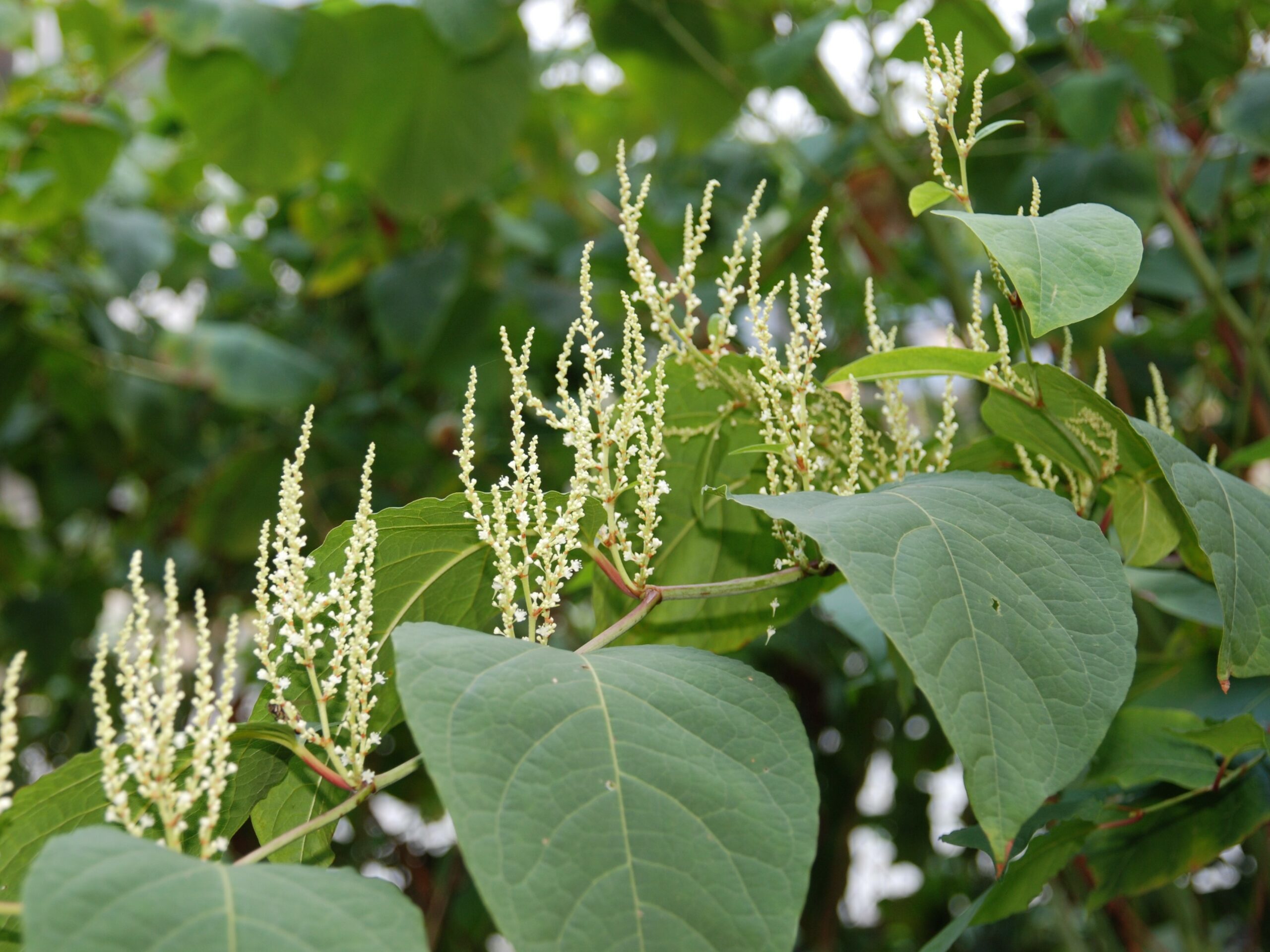Created on: Tuesday, Sep 20th, 2016
Washington Noxious Weed Board: http://www.nwcb.wa.gov/weeds/bohemian-knotweed
UC Davis WRIC: http://wric.ucdavis.edu/information/natural%20areas/wr_P/Polygonum_bohem...
CABI: http://www.cabi.org/isc/datasheet/108332
DAISIE: http://www.europe-aliens.org/speciesFactsheet.do?speciesId=8037#
Reviewed by Barbara Castro, Eric Wrubel and Tim Hyland.
General comment by Eric Wrubel:
The invasion risk for Japanese and boheminan knotweed in upland habitats in California is likely to be medium to low, but I feel the risk of invasion and severe impacts to California's riparian systems is high. Japanese and bohemian knotweed would score medium to low in the PRE, because their global distribution does not have a 50% overlap with California's climate, and seed production/viability is low - or nonexistent. However, these taxa are capable of rapid clonal spread where they are not water-limited.
- < 13 : accept (low risk of invasiveness)
- 13 - 15 : evaluate further
- > 15 : reject (high risk of invasiveness)

